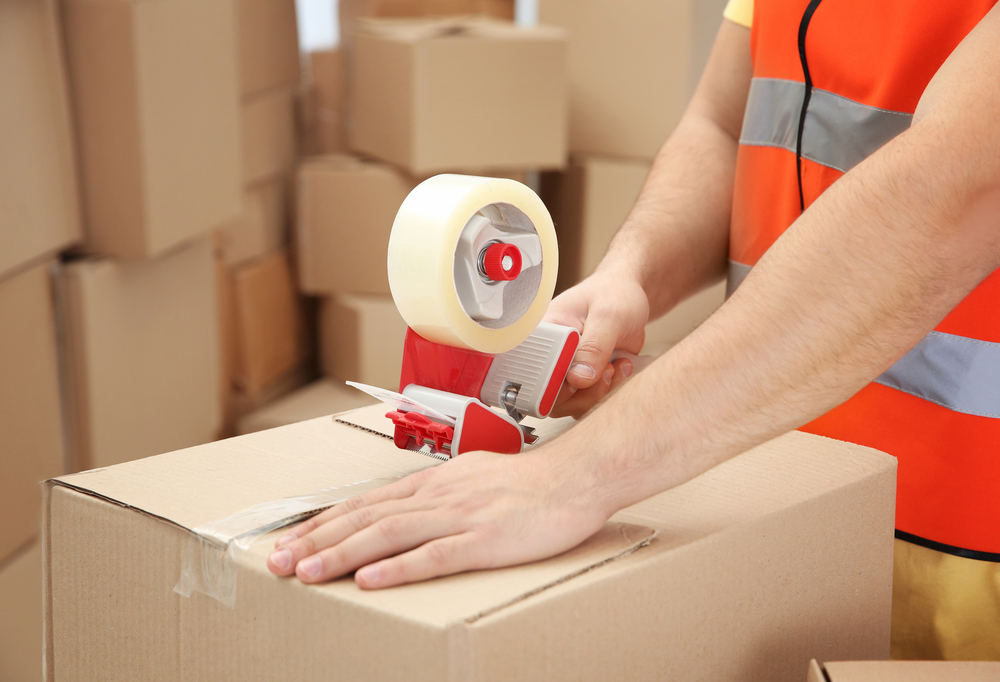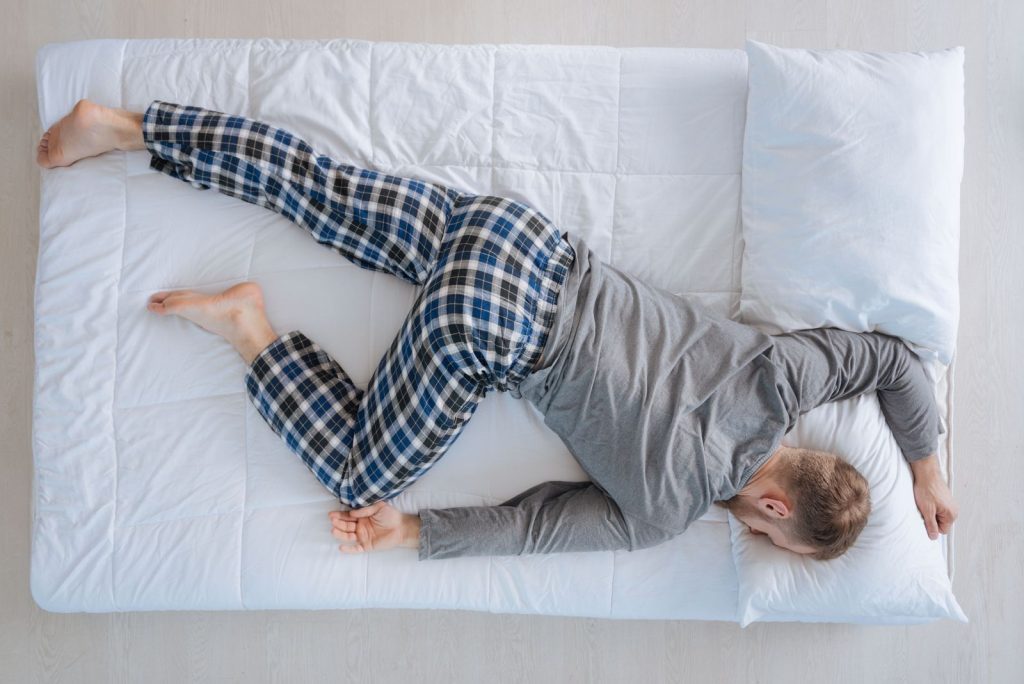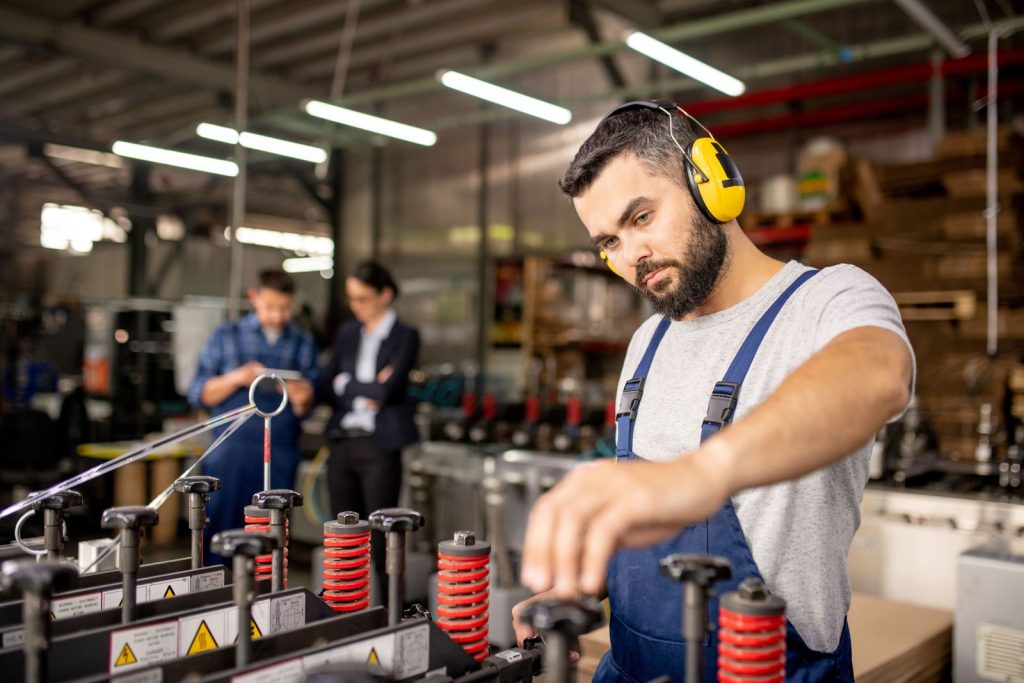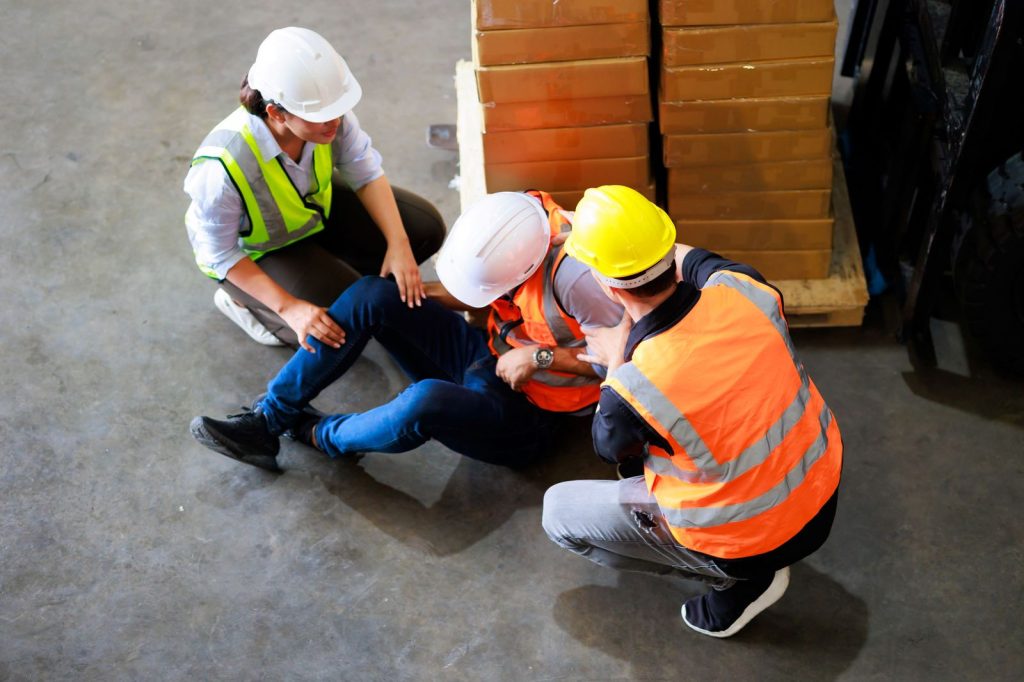How the Packaging Industry Is Changing During COVID

As of the end of July 2020, Forbes Magazine reported that at least 73,000 American businesses had permanently closed their doors. The economic strain of managing stay-at-home orders and reduced consumer demand has been devastating for most sectors of the U.S. economy. The health of the packaging industry obviously depends on the rest of the economy. When people aren’t buying, products don’t need to be packaged for shipment.
The packaging industry generates over $900 billion in annual revenue worldwide, and almost 50,000 people are employed by this industry in the United States alone. During the current COVID-19 pandemic, certain sectors of the packaging industry have actually seen a growth in demand, while other sectors have been almost completely shut down. Below, we look at how COVID-19 has affected the packaging industry as a whole, and how employees in this industry can reduce their vulnerability to COVID infection.
The Growth of the Packaging Industry during COVID
Unlike most sectors of our global economy, the packaging industry trends have been promising, at least within certain areas. E-commerce sales have been booming, with Amazon reporting over $570 billion in increased market capitalization during the pandemic. Despite the economic hardships, people are still spending, and buying over the internet does offer a benefit to the packaging industry. On the other hand, sectors of the packaging industry that service restaurants and out of home entertainment are clearly seeing significantly reduced demand.
A study by McKinsey & Company released earlier this year found that packaging for groceries and at-home entertainment products is expected to grow by 14 and 3 percentage points respectively. Out-of-home entertainment and jewelry packaging, however, are predicted to see reductions of 63 and 53 percent in demand.
During the early months of the coronavirus pandemic, the packaging industry was considered to be an “essential” industry, meaning that it wasn’t affected by lockdown and stay-at-home orders. By mid-April of 2020, when hundreds of thousands of businesses were laying off employees or having them work reduced hours from home, the packaging industry continued to operate at between 83 percent and 95 percent capacity.
An industry report released earlier this year found that “packaging firms have witnessed higher volume growth and better earnings in the April-June quarter, helped by a rise in consumption of packed products amid the coronavirus lockdown.”
Furthermore, as the global economy slowly began to reopen and reactivate, the packaging industry was one of the first to quickly rebound from any temporary setbacks. Marketing reports for the industry expect a 5.5 percent compound annual growth rate during the pandemic, seeing the industry grow from USD 909.2 billion in 2019 to USD 1,012.6 billion by 2021. The report says that “major drivers for the packaging industry include the increased demand for FMCG and pharmaceutical packaging, rising e-commerce sales due to lockdown.”
The Global Packaging Market and COVID-19 Prevention
Despite the exciting and promising growth trends within the packaging industry, there is a substantial concern that COVID-19 outbreaks could affect employees within this sector of the economy. Meat packing and processing plants were seen as hot spots for COVID infection in June and July of this year. In fact, over 100 meat packing plants in the U.S. reported COVID outbreaks at their facilities, and hundreds of other packaging facilities were also forced to temporarily shut down operations during these outbreaks.
Working in close quarters and in closed environments obviously presents increased possibility for infection, and packaging facilities are certainly at risk due to the nature of their work. While increased automation can limit infection probability, other steps need to be taken. Enforcing strict social distancing protocols, regular sanitization and disinfection of work areas, and limiting the number of employees in the building at a given time are all strategies that can be implemented by decision makers in the packaging industry to reduce COVID infection rates among workers.
Sustainable Workplace Wellness Starts With Work-Fit
In addition to following all required CDC protocols and guidelines, companies in the packaging sector would do well to hire third party health professionals to design prevention and holistic wellness strategies for their employees. Work-Fit specializes in promoting injury prevention and wellness management for various industries through sports therapy technique-based occupational therapy and professional workplace wellness programs.
As the packaging industry continues to grow in our post-COVID world and economy, reducing the likelihood of outbreaks is important to stay competitive, avoid temporary closures, and increase profit margins – but there also needs to be more emphasis placed on holistic employee wellness, and a workplace culture of safety awareness in order for these changes to be sustainable. Work-Fit is here to help.
Contact the professionals at Work-Fit today to discover what solutions can be implemented to keep your employees safe and protected, from the ongoing COVID-19 pandemic and beyond!



